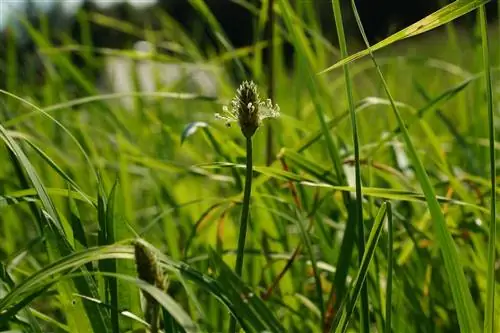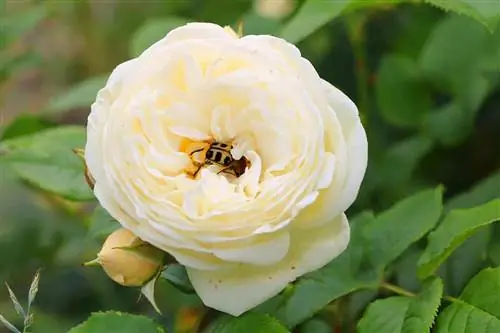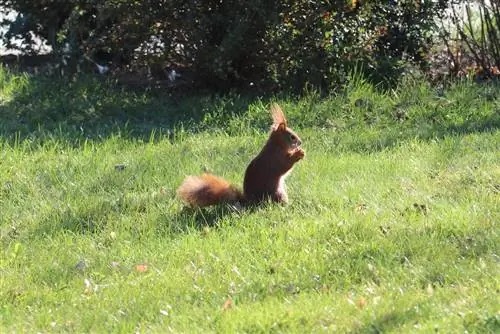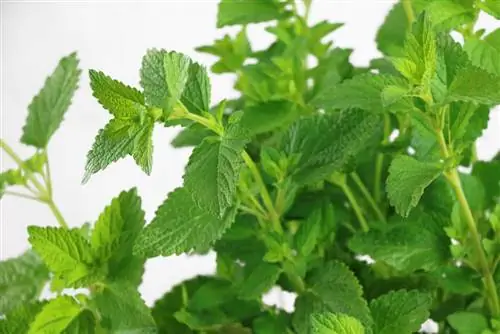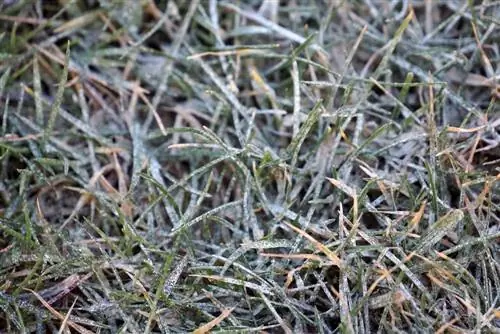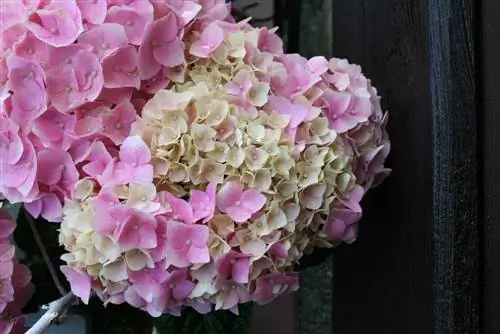- Author admin [email protected].
- Public 2023-12-17 03:39.
- Last modified 2025-01-24 12:45.
There are so many different types of grass, but they are not necessarily associated with one type of grass. For example, the well-known wild rice is also a type of grass. As well as the alang-alang grass, the atlas fescue, the bearskin grass, the blue fescue, the blue-rayed haver, the tufted feather grass. If you continue along ABC, you will come across miscanthus, among other things. However, none of the grasses listed are suitable for a lawn.
But which type of grass do you use when creating a lawn, and which type of grass should you avoid?
This is the question asked by all those who are laying a lawn for the first time. Because, as with all new subject areas, you feel more or less foreign to the topic and therefore not necessarily competent. It is not difficult at all to familiarize yourself with this topic. You can also find the right lawn mixture for every location in specialist retailers. However, the general rule here is to stay away from cheap lawn mixtures. The trouble is usually already inevitable. Real quality when it comes to seeds can be found in slightly more expensive lawn seed mixtures that are sold in stores. High-quality seeds for lawns are far less affected by moss or weed infestation than more expensive seeds. The same applies to growth inhibition.
We definitely recommend perennial ryegrass, meadow bluegrass and bentgrass. These types of grass require more or less attention, with vertigo grass representing an average in terms of the need for care and durability of the grass types listed last.
If you deliberately use lawn mixtures that consist of a wide variety of grass types, you should also pay attention to what the grass types are then used for. Is it a lawn that is intended to thrive in the shade, or a lawn that is infested by a small gang of rascals, so it is a play lawn, or a lawn that is used for recreation. Practical lawn is in any case less sensitive than purely decorative lawn.
What types of grass are there?
Before you delve deeper into choosing lawn seeds for your garden, you will probably be interested in an overview of the types that are most commonly found in commercial lawn seeds:
Ryegrass
You can often find the GermanRyegrass or Lolium perenne, which forms runner grass and is an excellent grass for any heavily used lawn. The Lolium is rich green with shiny leaves on the underside, grows quickly and well and usually regenerates itself excellently when stressed, which is why over 100 varieties are approved as seeds in Germany. Disadvantages: Requires a lot of water and nutrients, is susceptible to various putrefactive diseases.
Red bentgrass
You will often find theRed bentgrass or Agrostis capillaris,a type of grass that is quite old in terms of breeding and is suitable for ornamental lawns and commercial lawns. The red bent grass is usually not very dark and fine-stemmed, has neither a high nutrient requirement nor a high water requirement, it is easy to mow and can also be polluted. Unfortunately, the winter color of this bentgrass is not very attractive.
Waitgrass
TheWait Grass (Agrostis stolonifera) is also one of the well-known species and is suitable for ornamental lawns and golf turf. Accordingly, it forms fine blades, is resilient and is the type of grass that tolerates the deepest cuts. The grass is lighter in color and has slightly higher water and nutrient requirements than red bentgrass. The winter color is also not very nice, and the wattle grass is susceptible to snow mold.
Tall Fescue
Thetall fescue, Festuca arundinacea, is often used, as it has medium nutrient requirements and is well suited for commercial lawns, even in dry locations. However, this clump grass seems a little coarse and should only be used carefully.
Sheep fescue
The next fescue, thesheep's fescue or Festuca ovina, is a collective name for several subspecies. They are all cut-resistant but not very resilient clump grasses with bristle-like leaves that require little water and nutrients, but do not grow very tall. They have name suffixes such as common sheep's fescue or fine-leaved fescue, 18 varieties have been tested and approved in Germany.
Red Fescue
TheRed Fescue, Festuca rubra, is again a collective name, essentially the subspecies Horst red fescue, runner red fescue and short runner red fescue are used. With its bristly stalks, this fescue is an important grass in commercial lawns, but is also suitable for ornamental lawns. It requires only a small amount of nutrients and moisture and can be cut very easily; many of the over 100 varieties available can also tolerate deep cutting.
Meadow panicle
TheMeadow panicle (Poa prantensis) is approved in approx. 50 varieties, among which there are fine-leaved and broad-leaved ones, all resilient and cut-tolerant and with medium water requirements, a good grass for Utility turf and hard-wearing turf. However, it needs a lot of nutrients, germinates slowly and then forms rhizomes (underground runners).
These varieties with their numerous sub-varieties are not all of the grass species that are mixed into lawn seed mixtures. Even if this doesn't make the selection any easier, you can be sure that you will find the right types of grass for your dream lawn. Especially if you're thinking about turning your lawn into a meadow, there are many more types of grass to consider.

